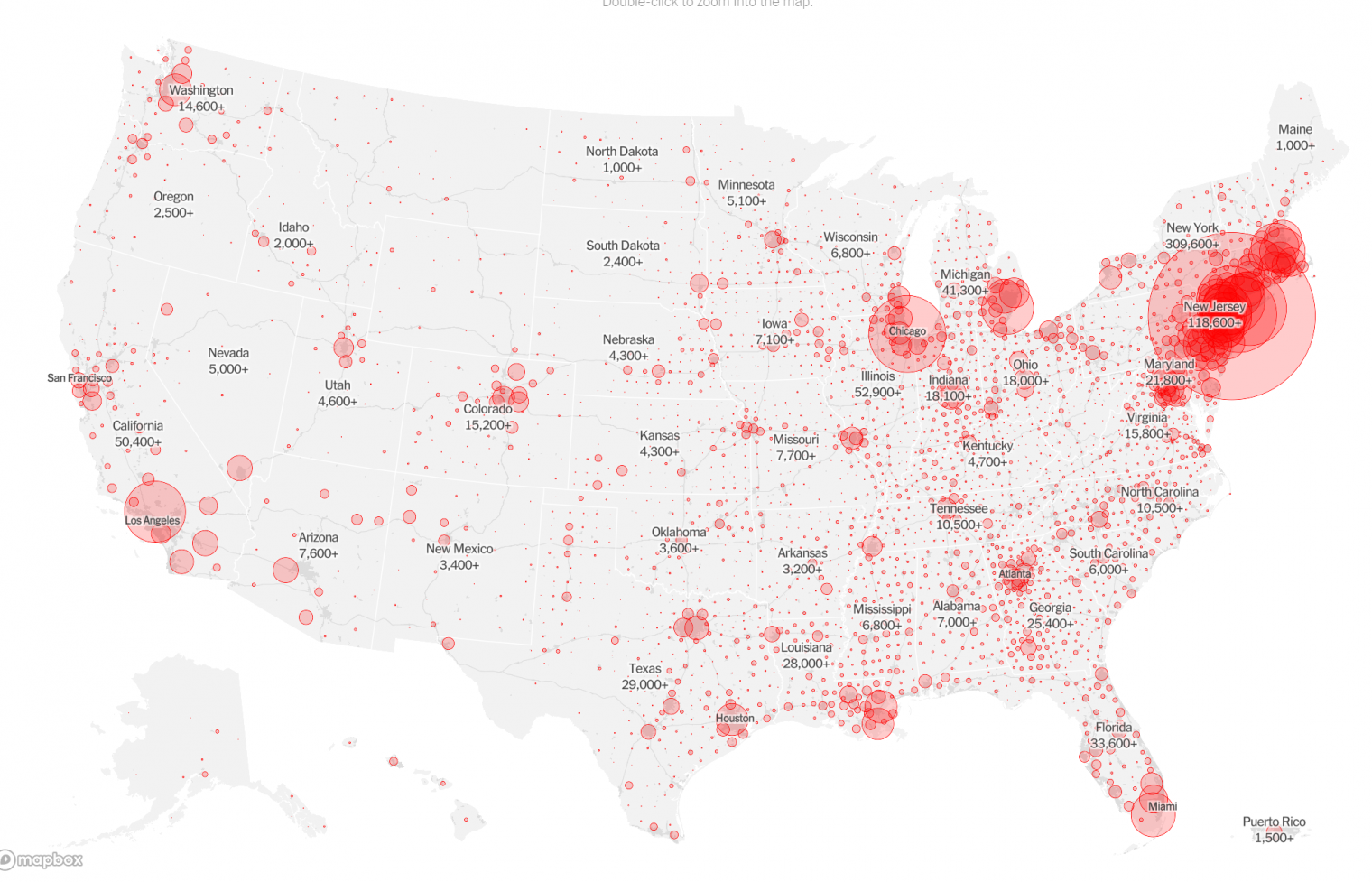On March 26, I asked “Number of new COVID-19 cases worldwide is declining now?” (updated every few days with data and comments) Within just a couple of days, the answer seemed to be “no”.
I’m wondering if we can finally say that coronavirus has flattened its own curve when viewed from a planetary perspective. Today’s comment:
Sweden 695 new cases/81 deaths; Denmark 153/7; Massachusetts 1,963/252. With 3,405 deaths so far in Massachusetts versus 2,355 in Sweden, the Massachusetts death rate (adjusted for population size), halfway through our second month of lockdown, is 2X Sweden’s. India has experienced only 31,332 cases and 1,007 deaths, despite the vast population and impracticality of a true lockdown.
With roughly the same number of “new cases” worldwide as at the beginning of the month, despite what must be an increased testing capacity, I am prepared to guess that the number of new cases is actually declining. Deaths in today’s report were 5,376. Deaths reported on April 1 were 4,193. (If my guesses continue to prove wrong, this will qualify me for a job as an epidemiologist at the University of Washington’s Bill Gates-funded Institute for Health Metrics and Evaluation!)
Readers: What do you think? Given the almost-flat new-case count, despite radically increased testing capacity, and the almost-flat death count, despite the time interval between infection and death, is it fair to say that the human race has reached at least some sort of steady state situation with coronavirus? Or can we even say that coronavirus is declining?
Also, how do we explain India? The population did not have natural immunity. Only a small percentage of the population has the practical means to isolate themselves the way that an American suburbanite could.
Related/Unrelated… Some young folks meet in the Target parking lot in Portsmouth, New Hampshire:
They invited us to join them and it was a nice conversation until the roof of the Toyota Avalon crew car collapsed…
A separate question to which I don’t have a good answer is “Why do all of these young people comply?” In theory, they have a First Amendment right to assemble. Maybe some of them will be persuaded by the media and/or by sentiment that they have to sacrifice their social lives in order to protect hypothetical elderly Americans (82 is the average age of a Covid-19 fatality in Massachusetts, with more than 98 percent having an “underlying condition”). But why would most of them or nearly all of them do that? And unless we can keep almost all of our social young people locked down, containing coronavirus is hopeless, right? There has never been a situation in which old people have had long-term success telling young people what to do, has there?
Full post, including comments 






